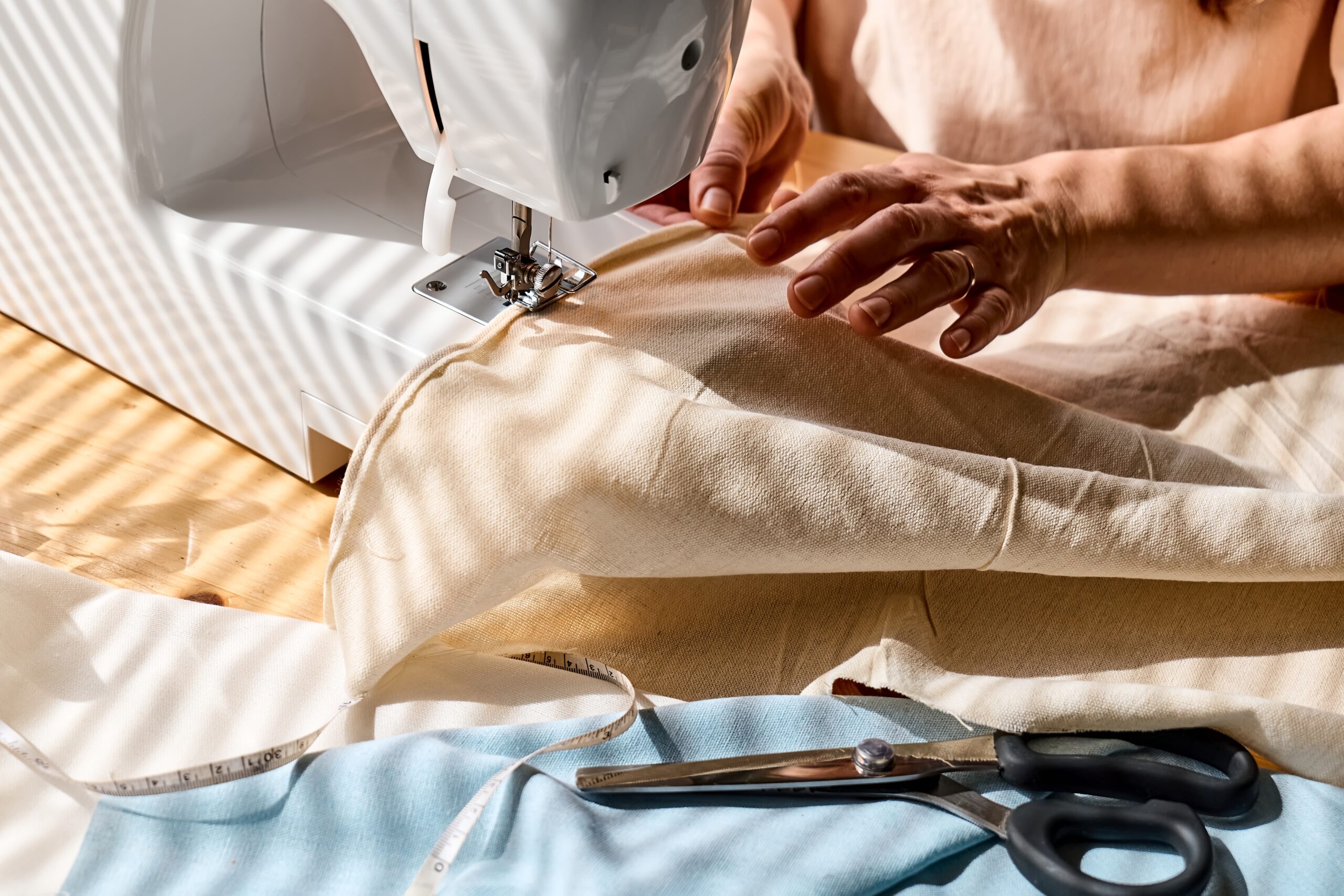Fast fashion isn’t just a shopping habit — it’s a global phenomenon that’s reshaping the way we dress, spend, and think about our clothes. But behind the cheap prices and trendy designs lies a complex web of exploitation, waste, and environmental destruction. In this article, we unpack what fast fashion really is, how it operates, who pays the hidden price, and what you can do to break the cycle — without sacrificing your style.
Outline
- What Is Fast Fashion?
- How Did Fast Fashion Take Over?
- The Hidden Costs of Fast Fashion
- Environmental Impact
- Human Exploitation
- Waste & Overconsumption
- Why Fast Fashion Is So Addictive
- Who’s Leading the Fast Fashion Charge?
- What Can You Do?
- Simple Steps to Change Your Habits
- Brands Doing It Better
- Final Thoughts: Changing the System Starts with You
What Is Fast Fashion?
Fast fashion refers to the mass production of cheap, trendy clothes designed to mimic current runway styles — and get to stores in record time. The goal? Keep consumers buying, keep closets rotating, and keep profits soaring.
Key traits of fast fashion:
- Extremely low prices
- Rapid production cycles (often new collections weekly)
- Low-quality materials and poor durability
- Styles driven by microtrends or social media “it looks”
- Often imitates high fashion at a fraction of the cost
How Did Fast Fashion Take Over?
Fast fashion rose to power in the late 1990s and early 2000s, powered by:
- Globalisation and outsourcing to cheaper labour markets
- Technological advances in manufacturing and logistics
- A cultural shift towards disposable consumerism
- Social media amplifying trends in real-time
Brands like Zara, H&M, and later Shein and Boohoo transformed the retail model. Instead of four seasons, we now see 52 “microseasons” a year — encouraging constant consumption and making last month’s outfit feel outdated.
The Hidden Costs of Fast Fashion
Behind the bargain racks and glossy ads lie serious consequences — for the planet, for garment workers, and for consumers themselves.
Environmental Impact
Fast fashion is one of the most polluting industries in the world. Some sobering stats:
| Impact Area | Fast Fashion’s Footprint |
|---|---|
| Carbon emissions | 10% of global emissions — more than aviation + shipping combined |
| Water consumption | One cotton T-shirt = 2,700 litres of water |
| Waste | 92 million tonnes of textiles wasted yearly |
| Microplastic pollution | Synthetic fabrics = 35% of microplastics in the ocean |
Fast fashion relies on cheap, toxic dyes, synthetic fabrics like polyester, and an aggressive turnover rate — meaning clothes are often worn just a handful of times before being binned.

Human Exploitation
Who makes your clothes? Often, it’s women and children in developing countries, working under dangerous, exploitative conditions.
Key issues include:
- Wages far below living wage standards
- Unsafe working environments (see: Rana Plaza collapse in 2013)
- Child labour and forced labour
- Lack of union rights or job security
All to keep prices low and margins high.
Waste & Overconsumption
The fast fashion model is built on planned obsolescence — clothes that fall apart or go out of style quickly.
We now buy 60% more clothing than we did 15 years ago — but we keep items half as long.
What happens to the clothes we discard?
- Landfills (where they emit methane as they decompose)
- Incineration (which pollutes the air)
- Dumping in developing countries, where they clog ecosystems and destroy local markets
Why Fast Fashion Is So Addictive
Let’s be honest: it’s not hard to see why fast fashion has become so dominant. It’s…
- Cheap
- Convenient
- Always new
- Designed to give you that instant dopamine hit
But that thrill fades fast — and you’re left with clothes that don’t last, don’t fit your life, and don’t feel good.
Who’s Leading the Fast Fashion Charge?
Some of the biggest players include:
| Brand | Estimated Value | Notable Practices |
|---|---|---|
| Zara | £10bn+ | New styles in-store every 2 weeks |
| H&M | £15bn+ | “Conscious” line amid high-volume output |
| Shein | £50bn+ | 6,000+ new styles uploaded daily |
| Boohoo | £2bn+ | Ultra-cheap prices, fast turnover |
| Primark | £7bn+ | Budget fashion with growing online presence |
Many of these brands release over 10,000 styles a year. Most high-end designers release under 50.
What Can You Do?
Don’t worry — no one’s expecting you to become a barefoot linen monk overnight. But small shifts in how you shop can make a massive difference.
Simple Steps to Change Your Habits
- Buy less, choose better. Ask: Will I wear this 30+ times?
- Repair and re-wear. Missing button? Split seam? Don’t toss it — fix it.
- Shop second-hand. Try Depop, Vinted, or your local charity shops.
- Host clothing swaps. Friends + fashion = win-win
- Create a capsule wardrobe. Focus on timeless pieces that mix & match
- Unfollow temptation. Mute fashion hauls and endless discount codes on socials
- Wait 48 hours. Before buying online, leave it in your basket for two days. Still love it? Go for it.
Brands Doing It Better
If you do need to buy new, consider these ethical alternatives:
| Brand | Style | Why It’s Better |
|---|---|---|
| People Tree | Feminine, everyday | Fair trade + organic fabrics |
| Everlane | Minimalist, clean lines | Transparent pricing + ethical factories |
| Reformation | Trendy, party-ready | Low-impact materials, stylish designs |
| Thought Clothing | Earthy, relaxed | Eco-certified + UK-based |
| Veja | Sustainable trainers | Organic cotton + fair trade |
Final Thoughts: Changing the System Starts with You
Fast fashion isn’t just a clothing issue — it’s a cultural mindset. One that says more is always better, newer is more exciting, and cheap is harmless.
But once you know the truth, it’s hard to unsee it.
You have power. Every purchase is a vote — for the kind of world you want to live in.
So next time you’re tempted by a £3 crop top or a 50%-off haul, pause and ask:
Who made this? How long will I wear it? And is it worth the cost — really?
Because real style isn’t about what’s new. It’s about what lasts.







